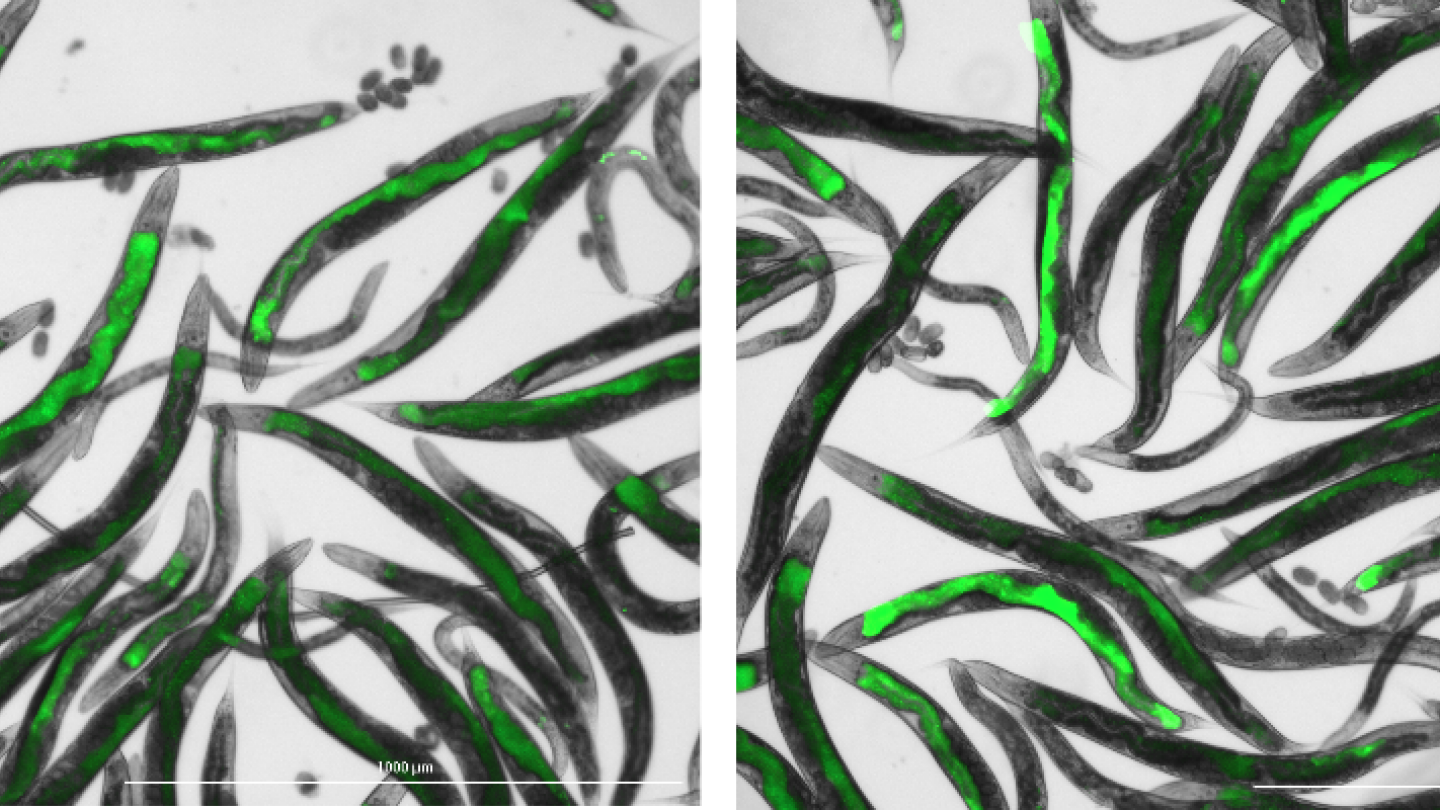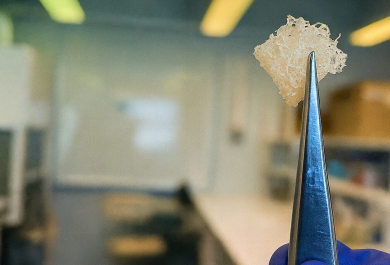Good quality indoor air is crucial to our well-being, while impurities in the air can compromise our working capacity and health. Researchers at the University of Turku in Finland have developed a new method for measuring indoor air quality, making use of fluorescent strains of nematodes.
Microbial or chemical contaminants in the air can be toxic or irritative and cause allergic reactions, asthma or other diseases in exposed individuals. However, there are currently no widely accepted methods for monitoring the risks associated with exposure to hazardous indoor air agents, so novel approaches are needed.
In a project carried out in the Department of Biology at the University of Turku, researchers developed a new method for indoor air diagnostics by taking advantage of transgenic strains of Caenorhabditis elegans nematodes. These strains produce green fluorescent protein (GFP) when forced to either smell or taste harmful biological or chemical impurities. The amount of this fluorescence can easily be measured by spectrometry.
“Such nematodes had previously been used to monitor the biological effects of heavy metals and other environmental agents, so we thought they might also be suitable for monitoring indoor air quality,” says the leader of the project, University Lecturer Päivi Koskinen.
“When we exposed nematodes to fungal samples collected from moisture-damaged buildings, we indeed observed significantly increased amounts of fluorescence,” continues Koskinen.
The researchers observed that with the new method, it is also possible to detect other impurities in the indoor air, such as surfactants used in cleaning products or volatile compounds produced by phtalates (softeners of plastic carpets) degrading under moist conditions.
“The nematodes cannot tell us what kind of toxic compounds there are in the air, but they can provide an unbiased opinion on health risks associated with indoor air and on the need for more thorough technical investigations,” explains Koskinen.
The research article was published in a special issue on Detection of Indoor Fungi of the Pathogens journal.






